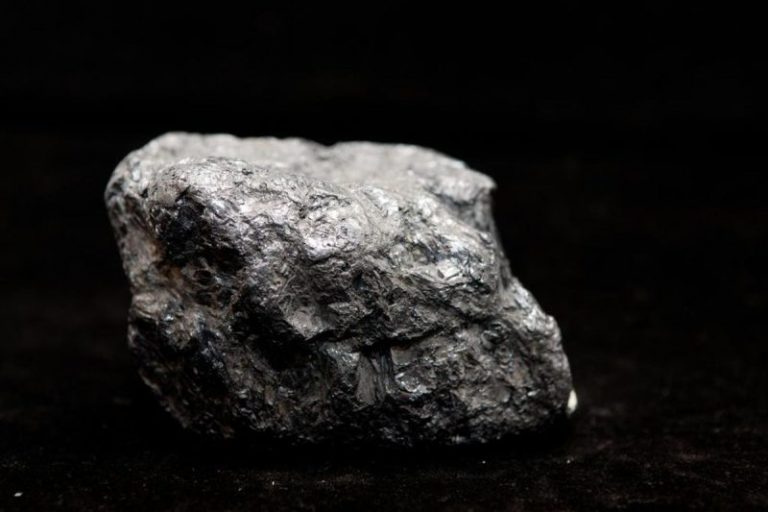Rare Earths Reserves: Top 8 Countries in 2024
1. China
China continues to dominate the list of countries with the highest reserves of rare earth elements. With its control over around 55% of the world’s rare earth reserves, China plays a crucial role in the global supply chain for these essential elements. The country’s ability to extract and process rare earths efficiently has given it a strategic advantage in various industries, from electronics to renewable energy.
2. Vietnam
Vietnam has emerged as a significant player in the rare earths market, boasting substantial reserves of these critical minerals. The country’s deposits of rare earth elements, particularly in areas like Lai Chau and Quang Tri, have attracted attention from international companies looking to diversify their supply sources. Vietnam’s efforts to develop its rare earth mining and processing capabilities signal its potential to become a key player in the global market.
3. Brazil
Brazil’s vast landmass harbors a wealth of natural resources, including significant reserves of rare earth elements. With deposits found in various regions, such as Minas Gerais and Goiás, Brazil stands out as a country with the potential to increase its role in the rare earth supply chain. The Brazilian government’s support for the development of its mining sector and the extraction of rare earths further enhances the country’s prospects in this field.
4. Russia
Russia’s position as one of the top countries with rare earth reserves underscores its importance in the global market. The country’s deposits of rare earth elements, located in regions like Norilsk and Kola Peninsula, offer substantial opportunities for exploration and extraction. Russia’s efforts to strengthen its rare earth industry and boost production capacity highlight its commitment to leveraging these valuable resources for economic growth and strategic advantage.
5. United States
The United States boasts significant reserves of rare earth elements, particularly in states like California, Alaska, and Wyoming. As concerns about supply chain security and domestic production heighten, the U.S. has been ramping up efforts to revive its rare earth mining sector. Initiatives to establish a more robust rare earth supply chain within the country are underway, aiming to reduce dependence on foreign sources and ensure a stable supply for various industries, including defense and technology.
6. India
India’s abundant reserves of rare earth elements position it as a key player in the global market. With deposits found in states like Kerala and Odisha, India has the potential to expand its rare earth mining and processing activities. The Indian government’s initiatives to promote domestic production of rare earths and develop a sustainable supply chain reflect the country’s strategic outlook towards harnessing these critical minerals for economic growth and innovation.
7. Australia
Australia is known for its rich endowment of natural resources, including substantial reserves of rare earth elements. The country’s deposits, concentrated in regions like Western Australia and Northern Territory, present lucrative opportunities for exploration and mining. Australia’s focus on developing its rare earth industry, coupled with stringent environmental regulations and sustainable mining practices, underlines its commitment to becoming a reliable supplier of these essential minerals on the global stage.
8. Malaysia
Malaysia’s rich geological diversity includes significant reserves of rare earth elements, particularly in areas like Bukit Merah and Kuantan. The country’s potential to extract and process rare earths efficiently has attracted interest from international investors seeking to diversify their supply chains. Malaysia’s efforts to enhance its rare earth capabilities and establish a sustainable industry signal its ambition to play a more substantial role in the global market for these critical minerals.
In conclusion, the top countries with rare earth reserves are poised to shape the future of the global market for these essential elements. As technological advancements drive demand for rare earths across various sectors, from electronics to renewable energy, the strategic importance of securing diverse and reliable sources of these minerals cannot be overstated. By leveraging their reserves and investing in sustainable mining practices, these countries stand to strengthen their positions in the rare earth supply chain and contribute to the advancement of key industries worldwide.



